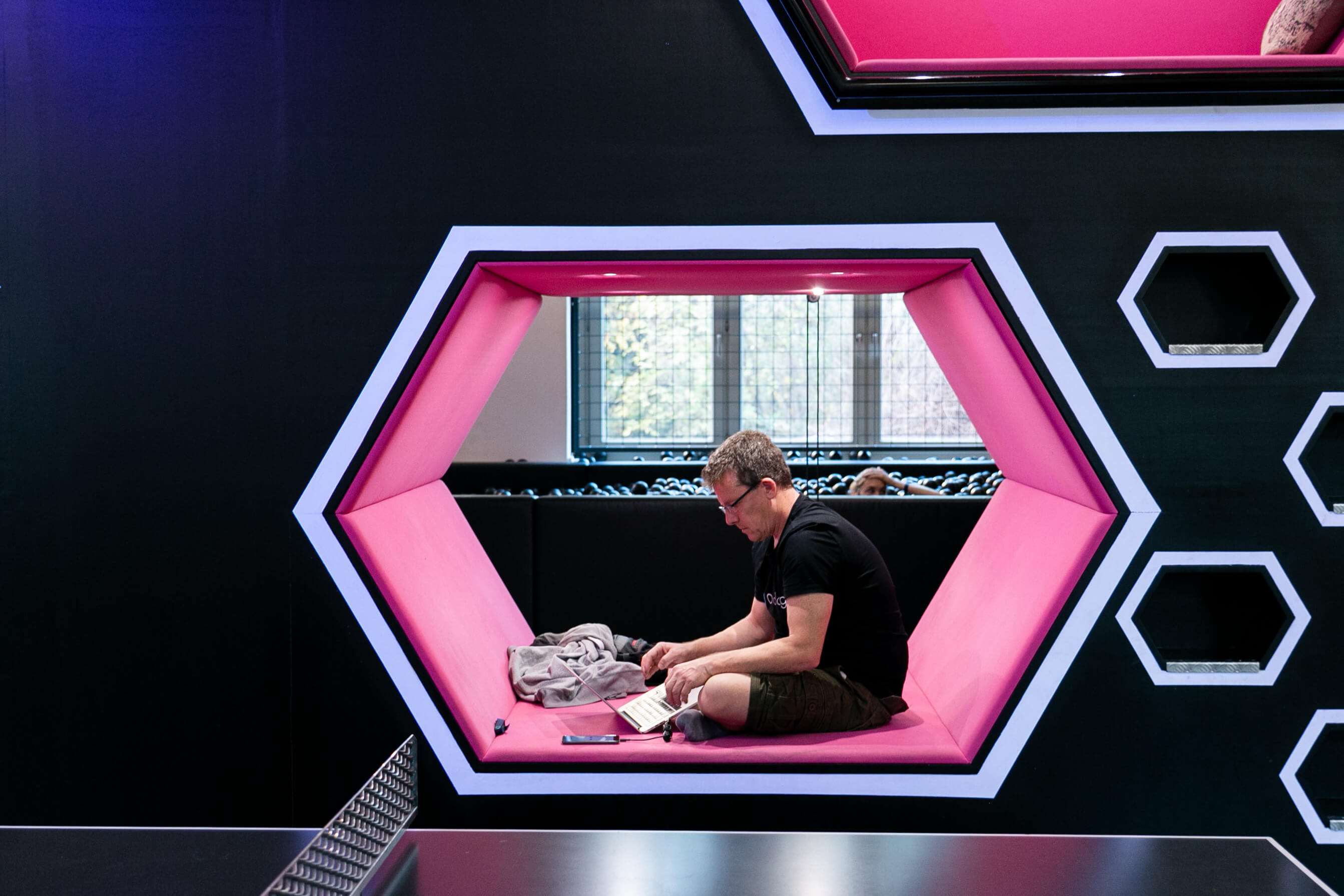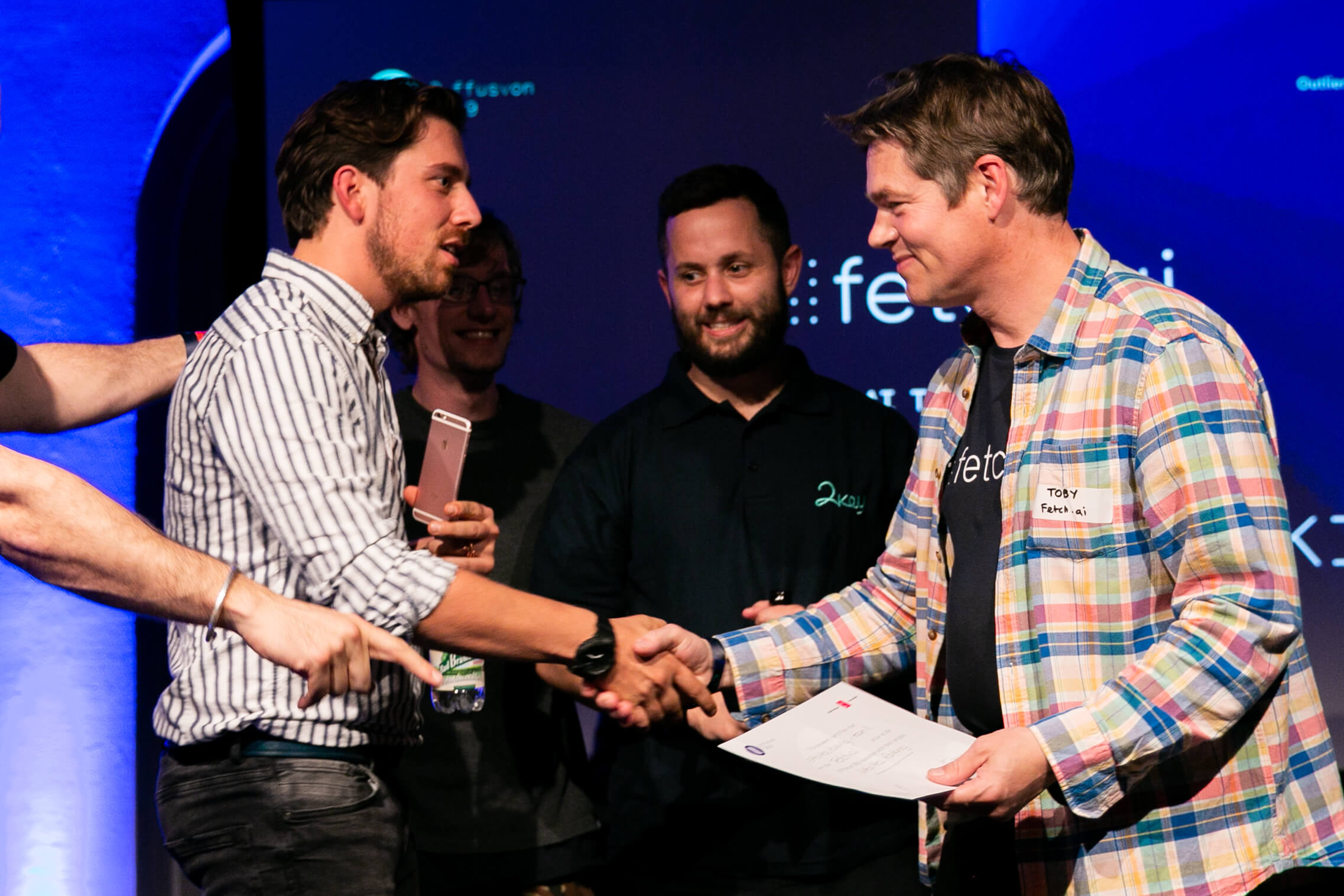
We know it is difficult to explain your super early stage business succinctly. We have received over 600 applications across the past 3 cohorts. With some of them we could tell which ones were obviously good or obviously bad. And then there are these in the middle. The startups in the middle tend to be promising but often the businesses are not described properly. Digging into what the author meant is not a great approach to assessing accelerator applications. The founders may have thought they did a great job but we just couldn’t understand them.
This is why we decided to put together a guide to our open questions. But before we get into these in more detail, let’s discuss a few commonly valid points.
1/ Language. Please be as clear as possible. Sales-y and buzzword-y language you may be using with customers and community wouldn’t quite work here. Accelerator programs are like bodyshop mechanics- we tear everything apart and then get it back together ending up with much better final result. If there are deal-breaking faults in your company, we will find it sooner or later.
2/ Don’t rush through the application. We can tell whether you rushed through it or if you’re clear and concise. A lot of people get a massive quality slump in their writing halfway through. Stand up. Take a break. Go for a walk. Have a meal. Your F6S draft will still be there.
3/ Don’t postpone until the very last second. We start selection about three weeks into applications first open and assess on a rolling basis. Provisional offers are also made as we go. Don’t leave it until the last second.
How to use this guide
As we’re running you through about three open questions per section and across four sections, take your time. There is a lot of information. Skim the sections first and then read the “what we are looking for” part when you get to work and start outlining each question. We will skip the questions where you need to provide documents or very clear one line of information (e.g. name, website).
Section 1: About you
This is a standard section containing the first 8 questions asking for information about company name, website, pitch deck submission, etcetera. We will need you to be present virtually for the duration of the intensive program, so make sure you can make the time.
Section 2: Business Overview
In Business Overview, we want to gain a better understanding of your product and business model.
What are you developing and why does the world need it?
What we are looking for here: we want to understand the product offering in detail. Here is the time to explain why your solution is a fit for the problem. We don’t need to see your code here (yet), but we do need to understand how it all works conceptually.
What is the backstory? What led you to the idea?
What we are looking for here: we want to see if your idea came up from dealing with an issue directly and recognizing weakness of the industry you are attacking. If this is not the case, need not worry. Just make sure you have researched your customers and you know what they need.
What is unique about the company ?
What we are looking for here: we want to understand how you are differentiating yourself from the rest building similar businesses. Some markets are incredibly competitive and we want to make sure we understand what you do correctly and why you stand out from the crowd. It is important to find out why your competitors failed and succeeded, and where your edge lies. It will save you and us plenty of time in the unknown.
How will you make money?
What we are looking for here: every business needs customers and a business model to earn, we want to see your model or at least the thinking behind it. Think this through, it’s not an easy question. We are particularly interested in how you plan to pull in these first a few hundred thousand in revenue. Brownie points for pointing out how it can work at scale.
Please stay realistic and factor in the costs here. We don’t need a cost breakdown but we will know whether you went berserk with the projections.
Section 3: Team & Experience
This section is a mix of standard and open questions. We want to see who you are, why you are the best team for the job and what’s the plan for hiring.
Why is your team best suited to develop this business?
What we are looking for here: everybody knows ideas are a dime a dozen. We want to know why your team is the best to tackle the challenge, execute and turn a product or a network into a billion dollar business.
How do you know your founders? How would you describe your team relationship? How do you resolve conflict?
What we are looking for here: this gives us some background on the team. We were there for a lot of founders with different relationship dynamics and reactions in good, bad and disastrous situations. We want to see how you make decisions and how you resolve any internal conflicts at executive level. Feel free to describe who takes care of strategy and who executes, it is fine that it is two separate founders.
Who is going to be your first hire? What core competencies will that person need?
What we are looking for here: we want to see how you plan on building your team. Your early hires can make your life as a founder a bit easier or turn it into hell. We are looking for teams focused on complementary hires at such an early stage. Talk us through your decision-making process and key assumptions.
Section 4: Market and Competition
Bad markets and bad timing can kill even the best founders. This is why we need to get a better perspective on your landscape. We can find the size and the growth rate ourselves. Instead help us understand the dynamics, the unwritten rules, who else is out there and what they’re doing wrong. Do not assume we know your domain better than yourself. Chances are we don’t.
What are people doing now instead of using your product?
What we are looking for here: if your problem is big enough, then plenty of people will be suffering quietly (or not) on a daily basis. We want to know how severely they suffer. Walk us through the existing user journey, every step of the way so we fully understand how your product fits into the market.
Who are your direct competitors? Why are you better?
What we are looking for here: here we want a direct mention of 3 to 5 (or maybe more) competitors, ideally a mix of incumbents and startups competing directly with you. It is crucial to articulate how different you are and what this means in business terms. Are slightly different features enough? Maybe. Maybe not. You tell us.
What will stop others copying the project and the model?
What we are looking for here: in highly competitive and hot markets, it is not uncommon to have people developing oddly similar products. What stops your competitors? High barrier to entry? Loyal customer base? High switching costs? Tell us. You know your market best.
What is the biggest assumption in your business? What happens if it goes wrong?
What we are looking for here: we don’t want you to predict the future. We just want to see what are your weak points, so we can validate if we can help you smooth them out. Do you think you will struggle with momentum? Marketing is a weak point? The macro trends are going against you? Or the industry is not ready to change? Give us your assumptions.
Section 5: Traction
We are an accelerator and we invest in cohorts of 8. So it is important for us to see and understand the level of traction you have already or how you are planning to gain it. We will then help you accelerate the execution during the program. Having no users is not a deal-breaker. Having no plan for acquiring that very first supporter is.
How are you tracking progress currently? What is the one metric you use?
What we are looking for here: it is important to track your growth from the very beginning. Even if you are pre-venue and have no users we still want to see your relevant KPIs, how you track them and update them. You won’t have an objective view on your business unless you’re tracking the progress on select key progress metrics.
Who are your top 3 customers? How are they similar and different? Why do they love the product?
What we are looking for here: it is important that you identify your first market. Once you know where you want to go you’ll need a strategy to capture the people/companies making up the market. We are not expecting a full fledged strategy with customer segmentation, personas, etc. We’d rather see some structured reasoning behind early customer acquisition.
If you are an open source project, how will you attract external contributors? If you are closed source, how are you building an ecosystem of partners?
What we are looking for here: Some businesses are bootstrapping in the early days thanks to a strong community. If your customer acquisition is dependent on a community we want to see what it looks like and what your plans for building it out are. Again we are not looking for a full strategy, rather to walk us through your thinking around this.
Applications are open!
Let us help in the first steps towards growth. Join our Base Camp accelerator program here and get the chance to be part of our next cohort. It is fully virtual and you will be in the company of leading founders, mentors and investors from all over the world.
Join our growing ecosystem
Outlier Ventures is all about building an ecosystem that collectively strives to drive innovation and progress within the world of Web 3. We’re always looking for amazing mentors, investors and Web 3 enthusiasts to join us on this journey. Let us know how you want to be involved at basecamp@outlierventures.io.






